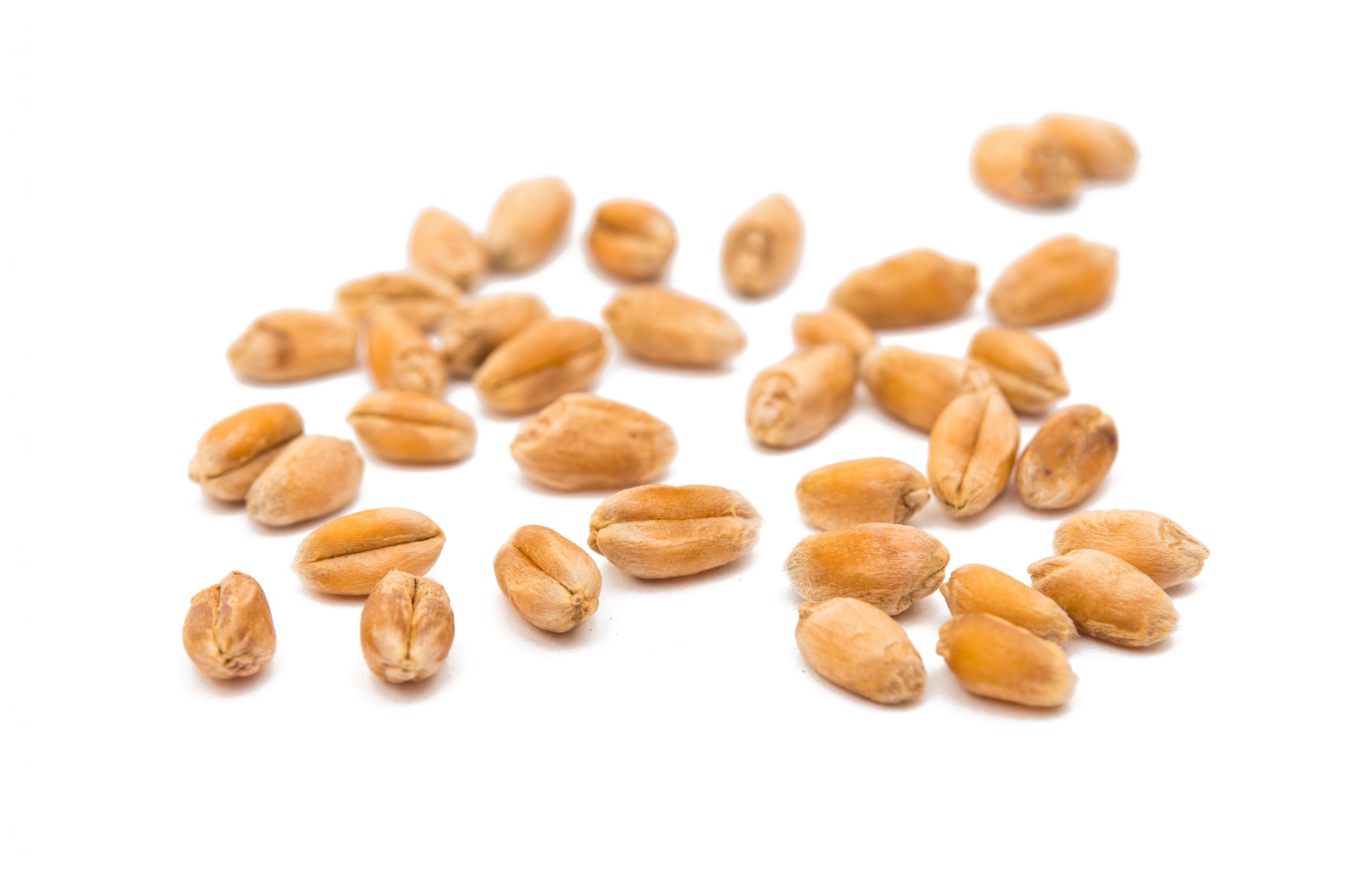By Thom Weir, Senior Precision Agronomist
The quote from Lee Childs – “Hope for the best, plan for the worst” couldn’t be more descriptive of what growers can expect heading into spring planting.
Estimates range from 2 to 2.5 million acres of unharvested crop still in the field. That means there is a lot of work to be done before some farmers begin to think about planting. In addition to this, many fields are cut up from deep ruts made by combines last fall. Much of the cereal grain that was harvested was of poor quality. And in some areas as little as 20% of the normal fall fertilizers were applied.
In most areas, growers are hoping and praying for an early spring so that some preparation work can be done prior to the normal start of seeding date. However, are there measures that a farmer can act on that can better prepare them if mother nature does not cooperate?
Seed – The quality of seed is generally poor this year. If you are planning to use your own seed this spring and haven’t had a seed test done, do it NOW! And if you haven’t already done so, you may have a difficult time finding quality seed. Last year’s fusarium epidemic has decimated the supply of good cereal seed. This is particularly true for Durum wheat where most of the growing area was affected by fusarium head blight.
If you test your seed and find that the germination is good (>85%) and the disease infection is low, great – plant the seed. However, as germinations fall below 95% and as fusarium or other infections approach 10%, I would recommend treating the seed with a seed treatment registered for controlling fusarium. This is true for your own seed but also pedigreed seed bought from a seed grower or retailer.
Pulse crops seemed to have weathered a difficult year better than cereals. Like cereals though, get your seed tested!
Fertilizer – A veteran in the fertilizer industry told me recently that “every year is like walking along a ledge, balancing demand with ability to supply the product.” The sheds will all be full come spring and ammonia storage plants will be topped up. The difficulties will come if seeding all starts at the same time. This could cause logistical issues with suppling products – especially anhydrous ammonia – to producers when they need it.
A grower can try and hedge supply logistical issues by having their supplies stored on the farm. Of course, this isn’t an option with ammonia. If you are relying on ammonia as your nitrogen source and you must apply the majority this spring, an option you may want to look at is changing a percentage of ammonia to urea. This, can then be purchased and stored on the farm. You can start using ammonia this spring but if logistical issues disrupt seeding, you can switch over to urea with minimal impact. If there are no delivery issues, you can switch to urea at the end of seeding.
If you run into supply issues and can’t get nitrogen or sulphate-sulphur applied, there are several options to apply these nutrients later in the season. This will be discussed in a later column.


